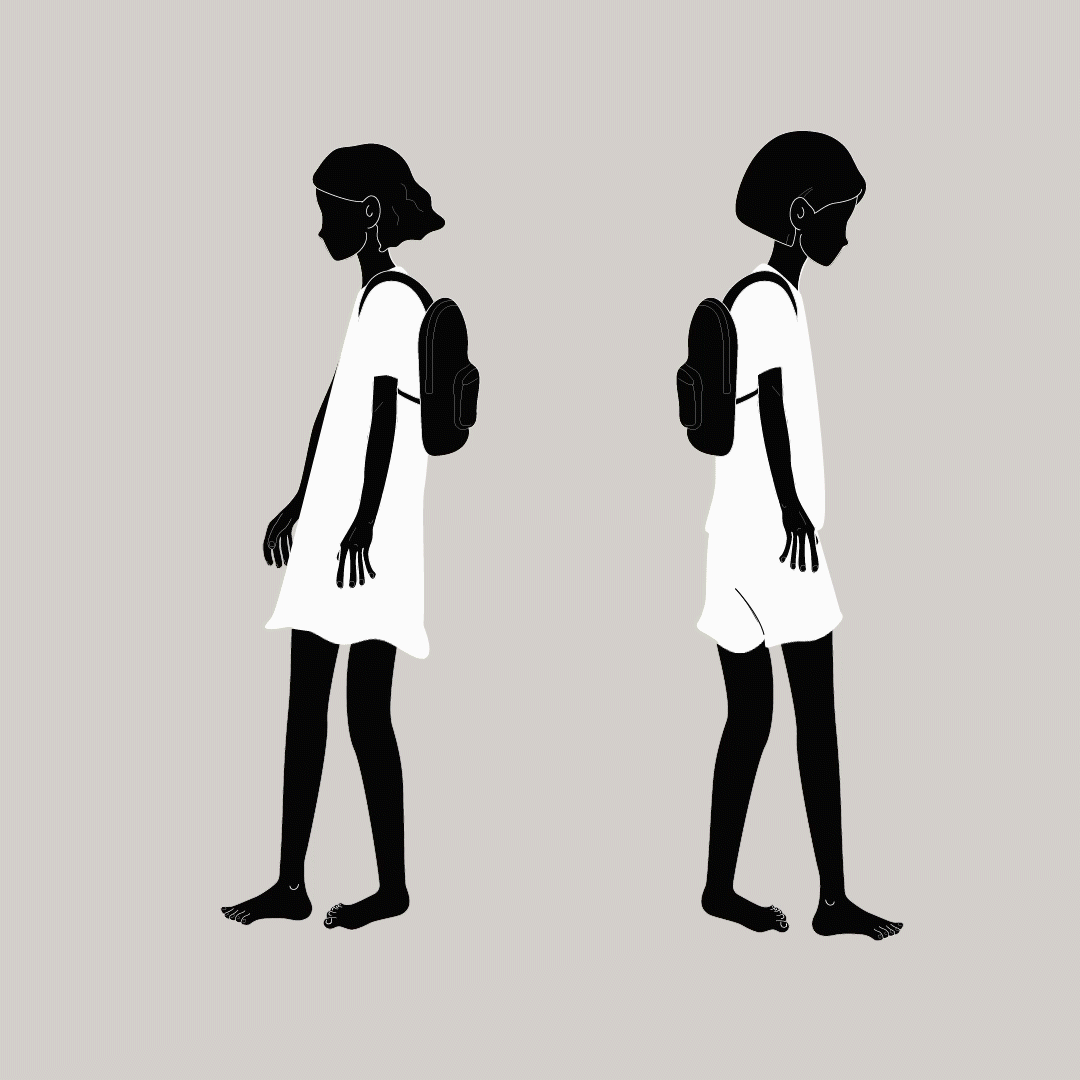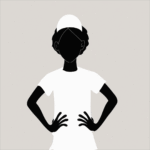A BUILDING WITH TWO DIFFERENT SCHOOLS AND REALITIES
In the same school building, Albanian students study with the Kosovo curriculum, other ethnicities learn with the Serbian curriculum. Also, the language in which different ethnicities learn differs. Consequently, the teachers who teach are also different for different ethnicities. The Albanian community is located on different floors from other communities which are located on the third floor. Something else strange is that even the name of the school changes, there are even two different principals who run the school. “Father Shtjefën Gjeçovit” is known as the school for Albanian students and staff, while for Croats, Roma, Ashkali and Egyptians it is called “Vladimir Nazor”.
Illustration: Argjira Kukaj

Janjeva is known as a historic town and with cultural diversities, precisely because of the coexistence of many communities. In the 4-storey building where the primary and lower primary school “Shtjefën Gjeçovi” is located, about 311 students from three different communities attend classes.
Of these, 250 are Albanians, 35 are Roma and 15 are Croats. Despite the fact that different ethnic groups of students go through the same facility, they experience different realities. So, they are educated with different curricula, they are located in different classes or floors, even the teachers, the directorate and the school are different. While Albanian students learn with the Kosovo curriculum, other ethnicities learn with the Serbian curriculum. Also the language in which different ethnicities learn differs. Consequently, the teachers who teach are also different for different ethnicities. The Albanian community is located on different floors from other communities which are located on the third floor. Something else strange is that even the name of the school changes, there are even two different principals who run the school. “Father Shtjefën Gjeçovit” is known as the school for Albanian students and staff, while for Croats, Roma, Ashkali and Egyptians it is called “Vladimir Nazor”.
Although the same facility is used by all communities, the journey of these students after finishing school varies greatly. At this stage for some of the communities, other challenges start as they have to go to other schools separate from the Albanian community and have fewer choices where they can continue their education. For some of these other ethnicities, one option is Gracanica for secondary education, and the other is North Mitrovica for university. Both of these places are far away from Janjeva and make the learning process difficult for these students. This is very worrying and a suitable solution must be found for all students regardless of their ethnicity who want to continue their education.
Of course, this diversity, but also the divisions that occur within the school are seen differently by everyone who attends classes in this facility.
Arta Gashi is a 14-year-old Albanian girl from Janjeva who attends the school of Father Shtjefën Gjeçovi. She believes that the school as an institution belongs to all students without distinction. Although in the country where she lives she says that the rights of all communities are not respected and that these prejudices happen often. “Almost no one respects them, half of them have only words. There are also those who respect them but very little “, says Arta, as she shows that she was present and witnessed when the prejudices happened. But it is not that she has never been prejudiced, even though she is now convinced that she was wrong.
“For me, there is no problem that we are all human, in the end we are not going to school for anything else, but to learn. “For this reason, other communities should also feel free together.”
Arta shows that she supports many communities, especially in cases when she is present, when any discrimination or prejudice occurs. She claims that the activities held at the school also help a lot in bringing closer and regulating the relations between Albanians and other ethnicities.
“Mostly the activities we hold are sports, but we also have art activities, which makes me think that it helps a lot in regulating the relations between Albanians and communities”, says Arta, who invites all those who are prejudiced to decide for themselves in the place of the prejudiced, only once and see how they feel.
Unlike Arta, Laura Jozić, 13 years old, who belongs to the Croatian community and attends the school “Vladimir Nazor”, says that she has friendships with all communities and that she feels comfortable in each other.
“Maybe since I am associated with most of the students, no one has discriminated or prejudiced me so far,” says Laura. “It would be good if other schools also contained a wide range of cultural diversity,” she added.
About the author: Blertina Gashi, 15 years old from Janjeva, is a high school student.


